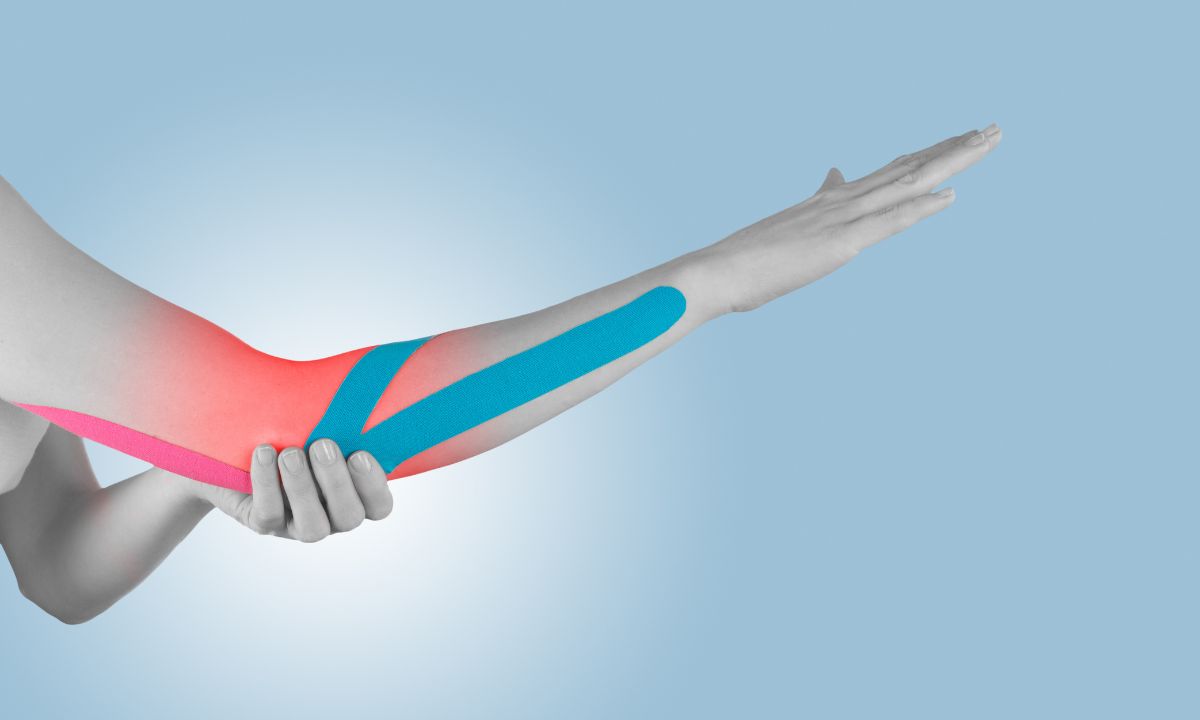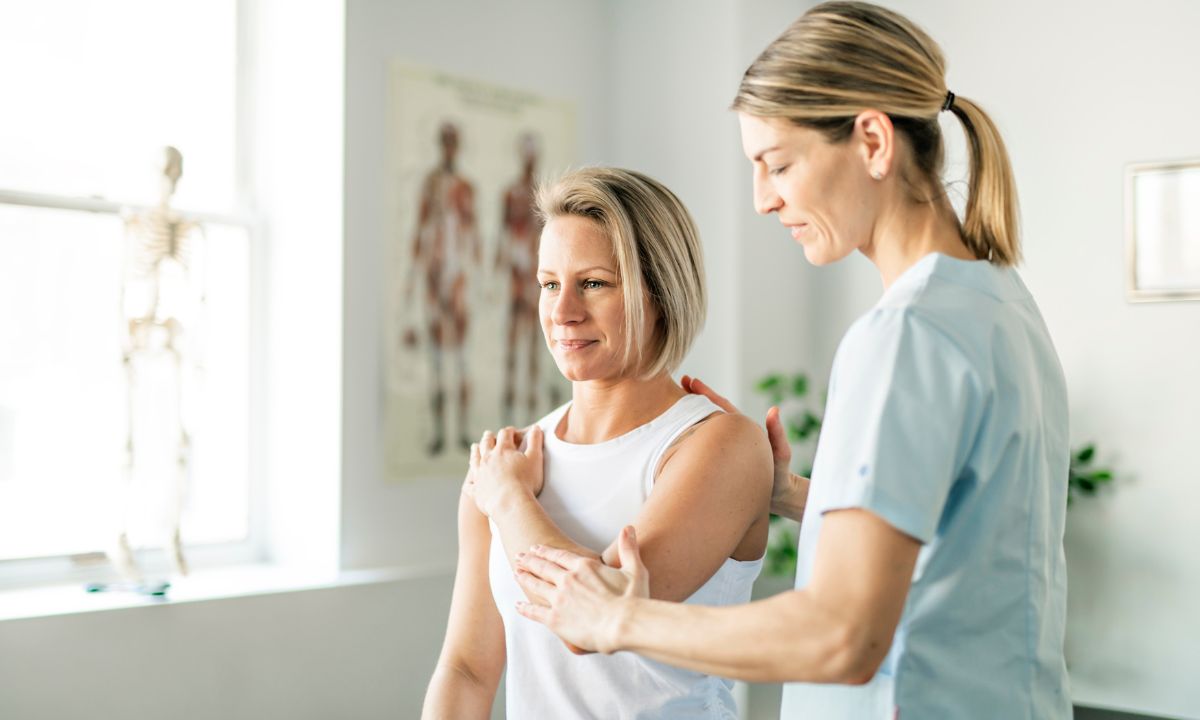Elbow pain, a common disorder affecting people of all ages, can manifest due to a range of conditions, spanning from minor injuries like sprains to chronic conditions such as arthritis. It can be a sharp, sudden pain or a dull, persistent ache that worsens over time. The pain, its exact location, and accompanying symptoms can provide valuable clues about the underlying cause.
Understanding elbow pain involves recognising the complex structure of the elbow. The elbow joint is where three bones in your arm meet: your upper arm bone, called the humerus, and the two bones in your forearm, called the radius and the ulna. A thick layer of tissue, cartilage for cushioning, muscles for movement, and tendons and ligaments for stability surround it. Any issue with these components can lead to elbow pain.
This comprehensive guide will delve into the causes, symptoms, and treatments of elbow pain, offering insights to help manage this condition effectively, restore functionality, and maintain quality of life.
 Photo Credit: Canva
Photo Credit: Canva
Elbow pain refers to any form of discomfort or unpleasant sensation experienced in or around the elbow joint. The pain can arise from issues involving the bones, cartilage, ligaments, tendons, or muscles of the forearm.
Several factors, including injury, overuse, and certain health conditions may cause elbow pain.
Elbow pain can be categorised based on its cause. Here are some of the most common types of elbow pain:
Tennis elbow is a condition that causes pain around the outside of the elbow. It often occurs after strenuous overuse of the muscles and tendons of the forearm, near the elbow joint. Despite its name, you don’t have to be a tennis player to suffer from tennis elbow. Any activity that involves repetitive twisting or gripping can lead to this condition. Tennis elbow pain relief may involve rest, pain medication, and strengthening exercises.
 Photo Credit: Canva
Photo Credit: Canva
Golfer’s elbow is similar to tennis elbow, but the pain is felt on the inside of the elbow. It’s often caused by overuse of the muscles in the forearm that allow you to grip, rotate your arm, and flex your wrist. Repetitive flexing, gripping, or swinging can cause pulls or tiny tears in the tendons, leading to pain and inflammation. Rest, pain relief, and strengthening exercises can help relieve the golfer’s elbow pain.
Olecranon bursitis, also known as “student’s elbow,” is a condition characterised by swelling, redness, and pain at the tip of the elbow. The condition occurs when the bursa, a small sac of fluid that helps to lubricate the elbow joint, becomes inflamed. Treatment for olecranon bursitis involves pain relief, rest, and sometimes draining the fluid from the bursa.
Arthritis of the elbow can occur due to many types of arthritis, including rheumatoid arthritis, osteoarthritis, and psoriatic arthritis. It causes pain, swelling, stiffness, and a decreased range of motion in the elbow. Treatment for elbow arthritis may include pain relief, medication, physical therapy, and, in severe cases, surgery.
An elbow sprain is an injury to the ligaments that hold the elbow joint together. It can cause pain, swelling, and a loss of strength in the elbow. An elbow sprain may result from a fall, a direct blow to the elbow, or a twisting injury. Rest, ice, compression, and elevation (RICE), along with pain relief and rehabilitation exercises, are commonly used for elbow sprain treatment.
An elbow fracture is a break in one or more of the bones that make up the elbow joint. This can cause severe pain, swelling, and an inability to move the elbow. Elbow fractures often result from falls, accidents, or a direct blow to the elbow. Treatment for an elbow fracture may include pain relief, immobilisation with a cast or brace, and, in severe cases, surgery to realign the bones.
Each type of elbow pain has distinct symptoms, causes, and treatment options. If you’re experiencing elbow pain, getting a proper diagnosis is essential to ensure appropriate treatment. Always consult with a healthcare professional for persistent or severe elbow pain.
 Photo Credit: Canva
Photo Credit: Canva
The symptoms of elbow pain can vary depending on the underlying cause.
 Photo Credit: Canva
Photo Credit: Canva
Diagnosis of elbow pain usually involves a physical examination, medical history, and sometimes imaging tests such as X-rays, CT scans, or MRIs. The treatment for elbow pain depends on the diagnosis and the severity of the pain.
Elbow pain is a common condition that can impact daily living. It’s essential to seek accurate diagnosis and treatment to manage pain and joint stiffness, and prevent further complications. Regular exercise and taking care of your joints can also help prevent it.
Elbow tendonitis, commonly called lateral elbow tendinopathy or tennis elbow, typically presents as a slow onset of dull, sore pain around the outer part of the elbow. The discomfort might extend into your forearm and wrist. Pain can be triggered or worsened by repetitive activities, particularly gripping or lifting objects, and might be more prominent when you wake up. Pain relief measures such as rest, ice, and anti-inflammatory medications can be helpful.
The most common causes of elbow pain are tennis elbow and golfer’s elbow. These conditions occur due to overuse or strain on the tendons of the elbow, often due to repetitive motions. Other common causes include arthritis, bursitis, fractures, sprains, and nerve entrapment. Identifying the specific cause is crucial for determining the appropriate treatment.
Elbow pain is considered serious if it is associated with severe pain, significant swelling, an inability to move the elbow, an obvious deformity, or any signs of an infection, including fever, redness, and warmth. If the elbow pain is due to an injury, such as a fall or a direct blow, and these symptoms are present, it is important to seek medical attention immediately. A healthcare professional can perform a thorough examination to determine the extent of the injury and recommend appropriate treatment.
Treatment for elbow pain depends on the cause. However, general measures to relieve elbow pain include rest, applying ice to the area, over-the-counter pain relievers, and using a brace or splint. For certain conditions, physical therapy and specific exercises may help. If these conservative measures do not provide relief, your healthcare provider may recommend other treatments, such as steroid injections or, in severe cases, surgery. Always consult with a healthcare professional for persistent or severe elbow pain.